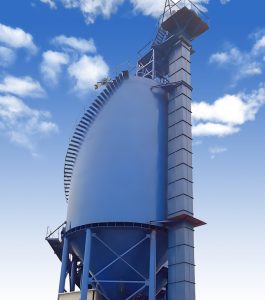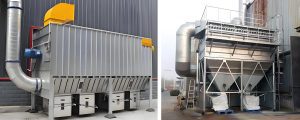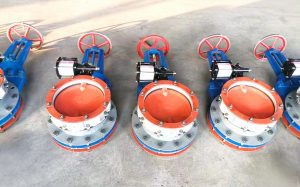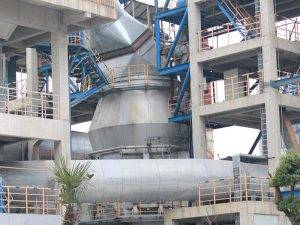In industrial production, the lifespan and replacement frequency of dust collector bags are crucial for efficient operation. First, you must understand when to replace these bags. Next, you need to know how to choose the right filter material. This knowledge can significantly improve dust collection efficiency. Additionally, it can help reduce operating costs.
Dust Collector Bag Replacement Cycle
The theoretical replacement cycle for dust collector bags is about 4-5 years. However, due to working conditions, many bags often last shorter than expected. Extreme environments can cause wear or damage, leading to more frequent replacements. Sometimes, incorrectly chosen bags may need replacement in less than six months.
Reasons for Frequent Replacement
Choosing the Right Bag for the Working Condition: Different materials suit different environments. For example, polyester bags can only work in temperatures below 120°C. Using them in high-temperature situations drastically shortens their lifespan.
Quality of the Bags: Generally, high-quality dust collector bags last longer than lower-quality ones. Therefore, when selecting bags, consider both price and quality.
Operating Time and Dust Concentration: The operating time and dust concentration in the gas directly affect bag lifespan. For instance, a collector running 8 hours a day has a different replacement cycle than one running 24 hours. Higher dust concentrations also lead to more frequent replacements.
Replacement Recommendations
- In harsh conditions or when running over 8 hours daily, bags may need replacement within 2 years or even sooner.
- In milder environments, bags in collectors running 8 hours a day may last about 2-3 years before needing replacement.

Key Points for Selecting Filter Materials
Different industries have varying needs for dust collector bags, making the choice of filter material important. Here are key points for selecting filter materials for several industries:
1.Steel Plant Blast Furnace Gas Purification
- Characteristics: High dust output, complex composition, small particles, strong adhesion.
- Recommended Material: Synthetic fiber materials that withstand temperatures above 200°C, such as aramid, P84, and PTFE.
2.Cement Plant Kiln Tail Dust Collection
- Characteristics: High gas temperature (around 350°C), high dust concentration, high humidity.
- Recommended Material: Glass fiber cloth with PTFE coating or P84 and Nomex needle felt.
3.Coal-Fired Power Plant Boiler Dust Collection
- Characteristics: High-temperature gas with SO₂, NOₓ, and high dust concentration.
- Recommended Material: PPS and P84 needle felt, resistant to acid and oxidation.
4.Chemical Carbon Black Production
- Characteristics: High temperatures and corrosive gas with fine particles.
- Recommended Material: Glass fiber needle felt or Nomex needle felt, durable and resistant to high temperatures.
5.Waste Incineration (Municipal Solid Waste)
- Characteristics: Severe smoke pollution, high moisture content, strong corrosiveness.
- Recommended Material: Glass fiber cloth with PTFE coating or PTFE needle felt, suitable for high temperatures and corrosion.
Conclusion
The replacement cycle of dust collector bags and the selection of filter materials greatly affect dust collection efficiency and equipment performance. First, understand the characteristics of different working conditions. Then, choose the right bags and materials. This approach helps you extend the lifespan of the bags and improve production efficiency. If you have any questions during the selection or replacement process, nous contacter. We are here to provide professional advice and support.





